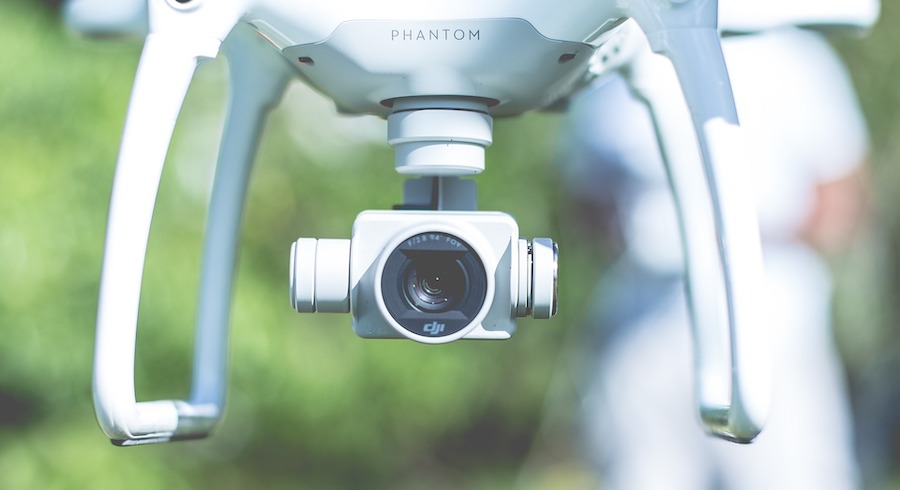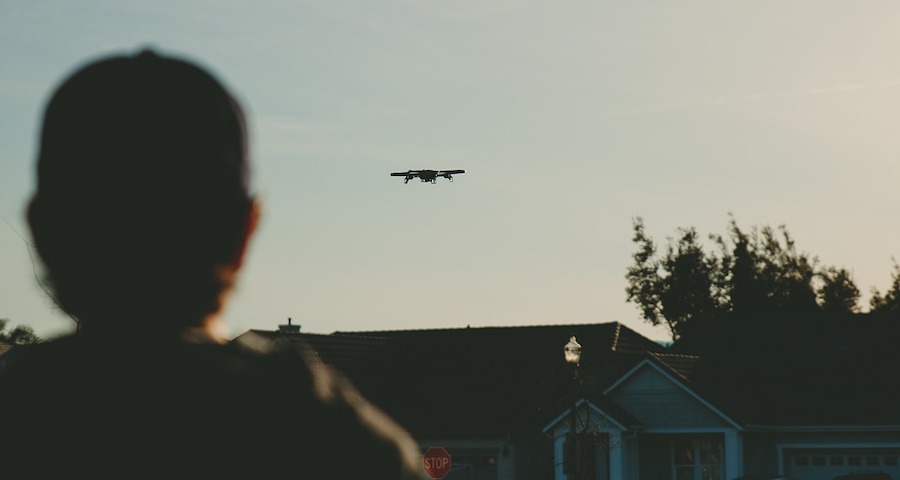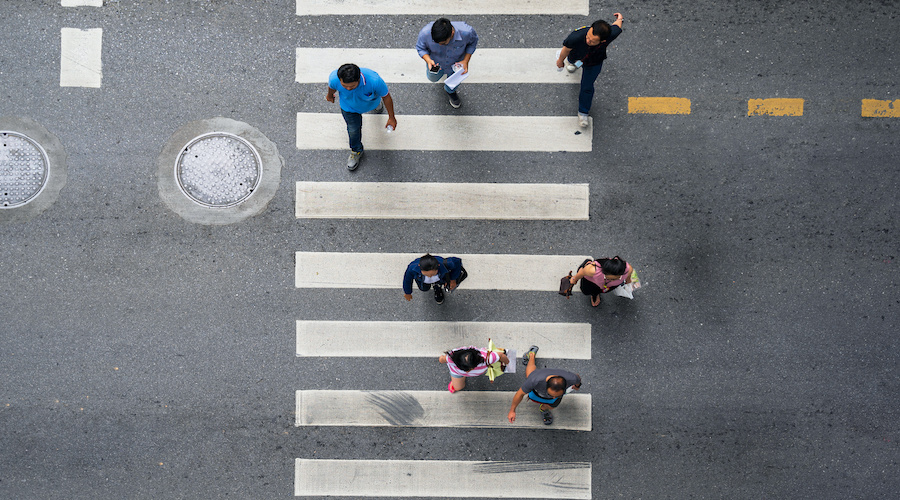The reputation of drones isn’t perfect, especially in an era when security and privacy have become top priorities for many people. However, it also cannot be denied that drones continue to play bigger and bigger roles in many industries. There’s one more thing that can help prop up the reputation of drones – that they can be used for public safety.
How are drones used in public safety and what makes them such a compelling choice for technology in this field? What else can drones contribute to the realm of public safety?
Increased adoption of drone technology in the public safety sector
The first documented use of a drone to aid public safety in the US happened way back in 2005 in a town in Ocilla, Georgia. It was back then that a public safety agency used a drone to resolve a missing person case for Tara Grinstead.
Drone use in the domain of public safety has greatly evolved since then. In the past couple of years, there have been a lot of high-profile cases where drones were instrumental in helping agencies concerned with public safety. By using a drone, the Cecil County’s Sherriff’s Office in Elkton, Maryland was able to locate around $400,000 worth of stolen construction equipment as part of a joint investigation into a construction-centered theft ring.
A SWAT team in Campbell, California was able to use a drone in a confrontation with an armed man inside a Denny’s restaurant, allowing them to resolve the situation with less risk to their men. With the drone, the team was able to determine where to deploy tear gas and how much, resulting in the man giving himself up.
Even the high-profile fire department of New York City has taken to using tethered drones to relay live images of active fires to the ground, allowing them to coordinate their movement and optimize their firefighting efforts.
As of the end of 2018, at least 910 sheriff, police, fire, and emergency services agencies have one or more drones in their employ. That represents a massive 82% increase compared to the previous years, and this is a trend that we can foresee to continue. Drone use has been considered a viable and practical upgrade for fire and police departments, big or small.
It also helps that drone technology has now become more affordable than ever. With huge brands like DJI coming up with budget-friendly professional-grade drones, adding drone technology to an agency’s arsenal no longer requires a huge budget.
Improving public acceptance of drones used for safety
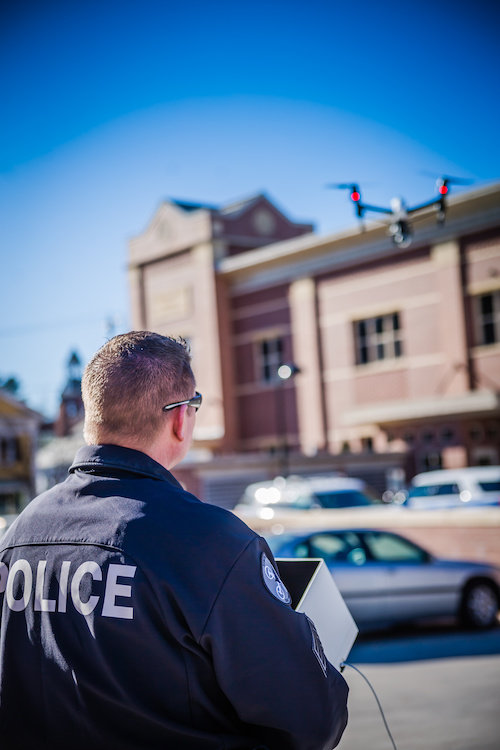
Another factor driving the adoption of drones for public safety is the improvement of the public’s perception of drone technology. Concerns about getting spied on or the danger of drones crashing are being trumped by the perceived benefits of drones, especially in the hands of emergency responders and law enforcement.
Nowadays, more Americans are more accepting of the presence of drones in the context of safety. In a survey, 89% of responders stated that they expect first responders and law enforcement to be able to reach them quickly in the case of an emergency, with 85% saying that they wanted these agencies to be able to gain access to their location regardless of the difficulty of the terrain.
This apparent expectation of the benefits of drones is despite the fact that about 84% of the responders stated that receiving more information about drones and their impact would make them feel more comfortable about having them around in the interest of public safety.
Today, the use of drones by public safety agencies has become very common. From event security to disaster response, and search and rescue, drones have been leveraged to give responders rapid and real-time situational awareness even in areas that are inaccessible. This has resulted in an increase in the quality and speed of their response, a reduced hazard for their own people, and a better sense of safety for the general public.
Event security
Attending large events have made Americans anxious about their safety, especially after the terrorist attacks that have marked a turning point in our history. In a survey, 69% of Americans admitted to having safety concerns when attending large events, and 66% consider the safety measures that the organizers have put in place before they decide to attend such an event.
Quite surprisingly, 87% of the respondents have stated that they would feel safer in large events if the agency in charge of safety was using drones.
In an event involving large crowds and similarly large venues, a fleet of drones can provide awareness at levels of magnitudes higher than standard pairs of eyes can. A dedicated security team can scan and monitor crowds remotely to look out for potential threats. For this purpose, drones can be programmed to follow a repeating flight path so that operators no longer need to worry about flying them manually.
In the case of an attack or threat, the drone can basically act as a flying security camera. It can be used to follow the culprit in a crowd safely and quickly. Meanwhile, it continues to record the video feed which could be instrumental later on to gather evidence, identify the culprit, or for emergency response.
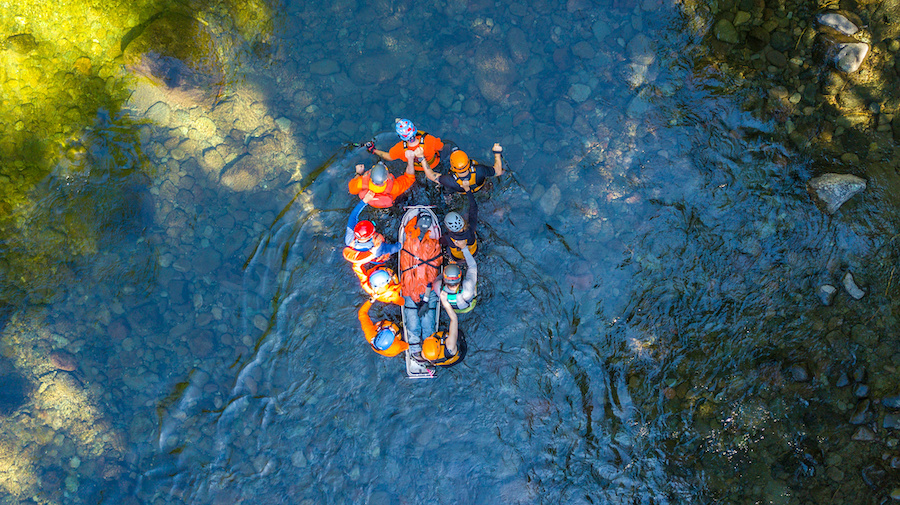
Search and rescue
Search and rescue is a field where minutes, or even seconds, could make the difference between life or death. With the speed by which drones can be deployed and cover a large area, they have proven to be a revolutionary upgrade to search and rescue teams worldwide. In the realm of public safety, search and rescue is considered the original and oldest use of drone technology.
The use of drone-mounted FLIR thermal cameras has been a game-changer in the field of aerial search and rescue. This has allowed rescuers to continue operations even at night or in areas with thick vegetation. This type of camera highlights thermal signatures which will certainly come in handy if you’re looking for missing people given a short amount of time.
Another of the biggest upgrades that search and rescue teams have enjoyed is advanced image analysis. This technology uses machine learning to identify certain features in photos and indexes them accordingly. This makes it possible to do a quick search of over a thousand photos very quickly, instead of people having to pore over the photos individually looking for clues.
For instance, the information for a missing person may indicate that he is wearing blue jeans or a red jacket. A drone can do a complete circuit of the search area while continuously capturing photos. This could result in several hundred photos that can be processed by an image analyzer program. With a technology that could index these features automatically, the search operations can be done much faster, even when the person is trapped in an area that’s difficult to access.
Even when a person has been found, search and rescue teams often use the information captured through drone images and videos to plan a trail to the recovery area that is simultaneously quick and safe. In areas of difficult terrain, they also need to consider choosing a trail that will allow them to extract the missing person, keeping in mind that the person may be weak or injured. With meticulous planning, time and resources spent out in the field can be minimized.
Another way in which drones are used to support search and rescue operations is for the delivery of supplies. For stranded hikers who cannot be extracted yet, drones can be used to carry and drop food and water. They can even be used to drop lifejackets for people who are stranded in the water. If there are injured parties, search personnel can also provide medical supplies ahead of extraction.
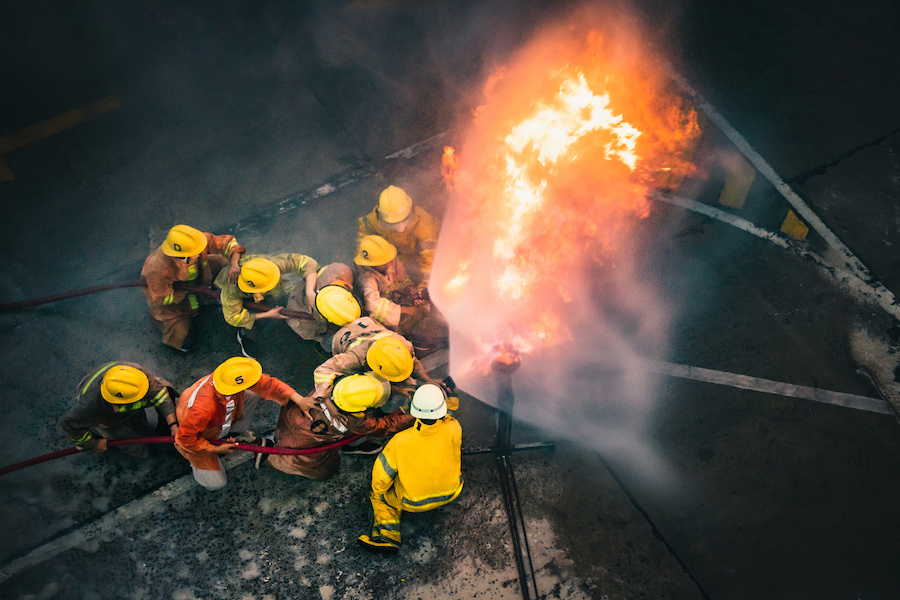
Firefighting
Drones have been used by firefighting teams for all types of fires. With the array of visual and thermal cameras that can be mounted on drones, they can be used to help firefighters in evaluating a blaze and planning a response strategy. Hazards can be identified early, especially structures that are in danger of collapsing. Even after a blaze has been put out, drones with thermal imagery capabilities can recognize hot spots which may be indicative of hidden smoldering embers which may grow into a new fire if not put out immediately.
A noteworthy instance of a drone being used by firefighters was recounted by the Austin Firefighters Association. While they were hunting a serial arsonist, they used a drone to quickly locate the fires that the person was starting. By analyzing the pattern of the location, they were able to come up with a good guess of where he was headed and successfully made an arrest. Based on their experience, a drone program can only be successful if teams can also be deployed on the ground quickly.
A firefighting drone that we may see more of in the future is the one developed by Aerones a drone company based in Latvia. This drone doesn’t just provide enhanced situational awareness – it can carry a payload of water supply for firefighting and can even be tethered to a water supply. The company foresees this drone being used to help fight fires in high-rise buildings where the standard fire hoses may not be able to reach quickly.
To achieve this feat, the drone has very powerful motors running up to 36 propellers that give it a payload capacity of up to 661 pounds. Not only does this drone have the lifting capacity to carry a reservoir of water, but it can also gain altitude very quickly.
The Aerones drone has been deployed to help firefighting efforts in houses and buildings. The drone’s spraying capacity and the potential damage to its circuitry when exposed to very high temperatures are still limiting factors to its value in responding to wildfires.
Law enforcement
One of the best things about drones for law enforcers is that they can simply be stored at the back of a squad car and deployed when necessary. If they need to respond to a crime, they can fly a drone to the area to give them the lay of the land and provide visibility before they enter a potentially dangerous situation. It’s like having your very own police helicopter in the back of your car.
The central police dispatch can also use drones to conduct regular surveillance of their areas of responsibility. By quickly identifying areas that require a response, dispatchers can allocate the proper resources optimally that will not leave the rest of the force short-handed but still provide the proper response.
Scenarios that require a tactical approach, such as active shooters, are massively improved by drone use. Drones with thermal cameras even do things better since they can identify humans even through obstacles. As you can imagine, this knowledge can be instrumental in planning an approach by law enforcers. This allows law enforcement to resolve conflicts under as little risk as possible, both for the law enforcers and the civilians.
A more low-profile use of drones in law enforcement is in the field of crime scene documentation. Because of the high-resolution cameras that many drones come with nowadays, 4K videos and 12MP photos of crime scenes can be captured quickly, allowing for a post-scene review that provides very fine details. With photogrammetry software, it’s even possible for these photos to be processed to create 3D models, which is a high-tech form of crime scene reconstruction.
The advantage of crime scene reconstruction using a drone is that it can be done very quickly. Crime scenes are very sensitive, so it’s best to capture everything before all the other responders get there to mess up the evidence. With a drone flying at low altitude, it doesn’t come in contact with anything at all, preserving the crime scene as well as possible.
The same technique also applies to road accidents. Instead of having to close down a section of the road for half a day to document everything, a drone can be used to capture high-resolution photos and create a 3D model for review later. With a drone, all the documentation can be done within 20 minutes. In the same vein as crime scene reconstruction, the detailed photos that a drone can take of traffic scenes can be used to reconstruct the traffic accident and identify the causes.
Other applications
We’ve already tackled some of the more typical applications of drones in public safety, but there are still a few lesser-known ones that we may see more of in the near future.
Traffic management via drones is becoming an incredibly common practice in large cities. The way it works is that a drone flies above high-traffic areas during unusually large events, identifying choke points as they develop. With this information, traffic can be rerouted in real-time, even when conditions change dynamically. Law enforcers can also be deployed to areas where an unusually high number of people and vehicles.
Bomb squads have been using robots for some time to help defuse bombs without exposing their people to unnecessary risks, but they are now starting to discover the advantage of using drones. Drones can be particularly useful when the bomb is located in an area that is inaccessible by the usual robots that bomb squads use. A drone can fly overhead or fly into small spaces to give bomb squads just enough information to plan a tactical approach.
Cold case investigation is a field that a few law enforcement agencies have been exploring using drones with mounted infrared thermal cameras. Under the right conditions, an infrared thermal camera can identify even very faint thermal signatures. Bodies buried in shallow graves can give off this thermal signature as long as they haven’t been buried for more than four years. For unsolved missing person cases, this new technology may be what it takes to make a breakthrough.
Final thoughts
The increasing relevance of drones in modern society isn’t just because they can be used to make a good profit. They have also been used by public safety agencies for the general betterment of the public. Whether it’s through faster and more tactical response, better situational awareness or improved safety for their personal, drones have proven to be instrumental tools in enhancing the capabilities of law enforcement and first responders.
Already we are seeing more favorable acceptance of drones in the general public because of how they are used for the public’s safety and security. As the technology continues to evolve, we can expect more and more of these types of applications.

